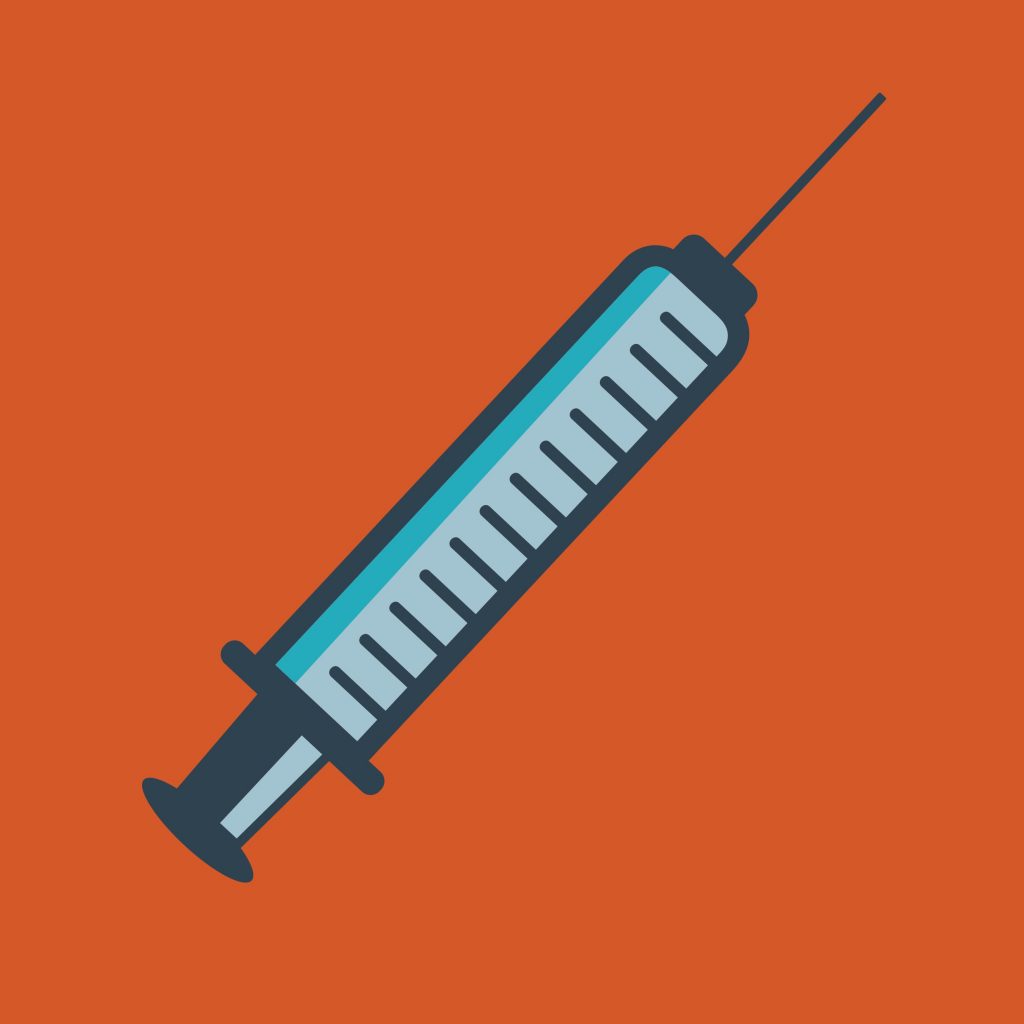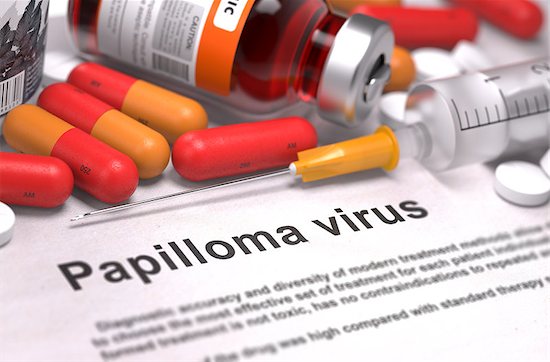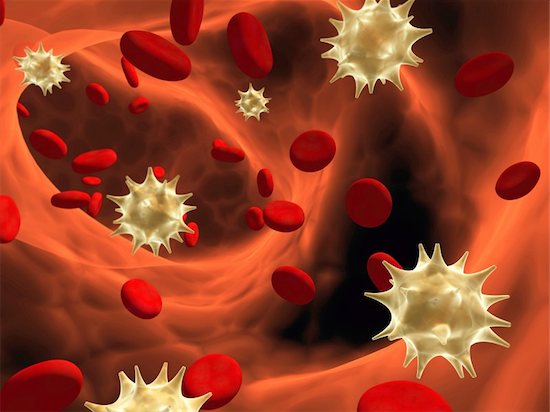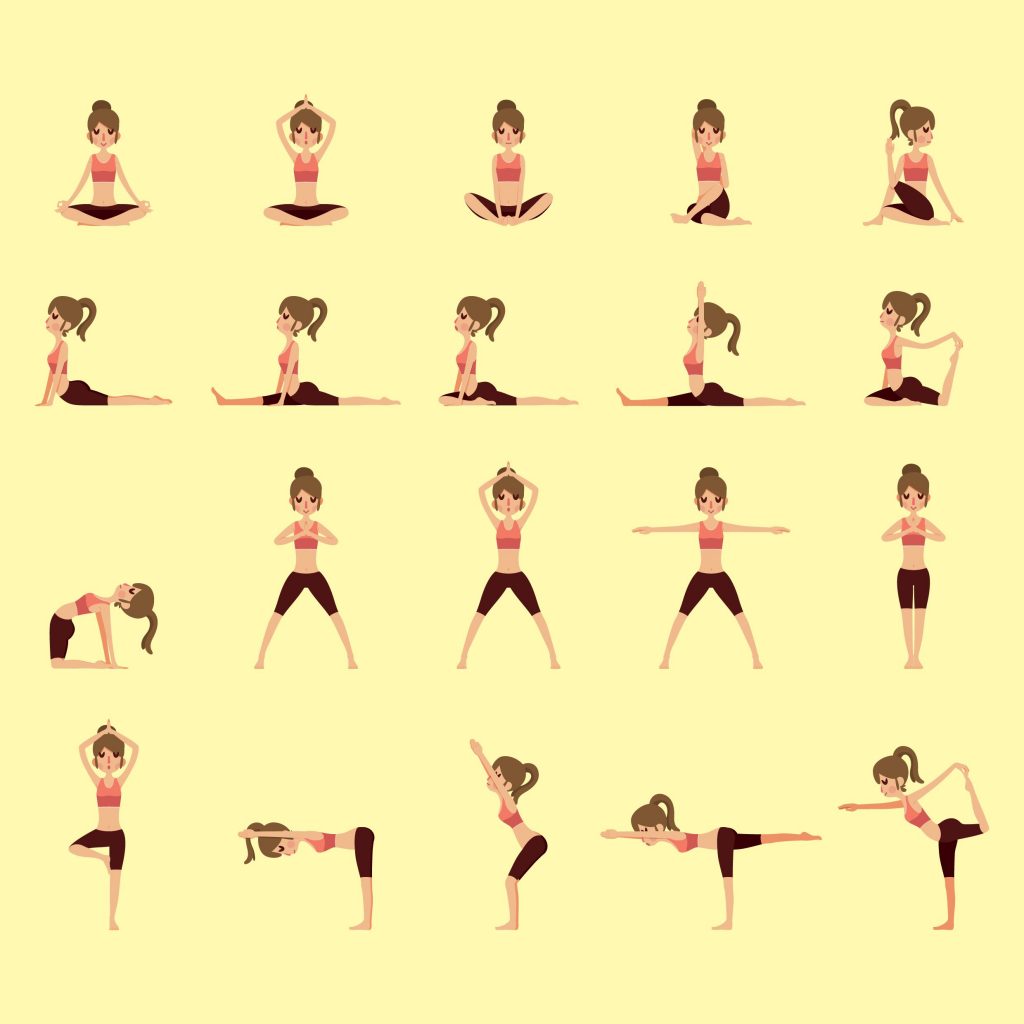
How HIV Vaccine Development Looks in 2017
The new year looks to be a big one for HIV vaccine development. 2016 gave the HIV research community plenty to be optimistic about. A lot of tiny advancements were made. And when it comes to HIV, each tiny advancement is considered a huge win for those looking for a cure. Multiple encouraging trials took place last year. And researchers are looking to continue that momentum.
It’s helpful to keep up with the latest in HIV vaccine development. These small wins are cause for some hopeful celebration. With that in mind, here are a few of the most encouraging advancements around the world set to continue in 2017.
What’s Happening in HIV Vaccine Development in 2017
- Scientists in London have worked on a more radical vaccine that hasn’t been tried before. The vaccine is called the SAV001 vaccine. And it uses a killed whole virus as a way to get a response from the immune system. Diseases such as hepatitis A, polio, and rabies were treated this way. But never with HIV. In Canada, scientists recently used this in a trial for 33 HIV-positive patients. It was successful. Now they plan on testing 600 people who do not have HIV. This will test the vaccine’s ability to prevent the infection. The new trials for that study are due by September.
- South Africa has embarked on a study with 5,400 sexually-active men and women ages 18-35. This is only the seventh full-scale trial to take place for HIV. The vaccine being used in South Africa is similar to the one tested in Thailand that started back in 2003. The rate of infection was 31% lower than the group that got the placebo in the Thailand study. So, South Africa is looking to get that number up to 60%.
- Another vaccine is set to start this year in California. It’s inspired by the International AIDS Vaccine Initiative, Scripps, and La Jolla Institute. Unlike the other vaccines, this one is not expected to defeat HIV by itself. But it expects to build on specific immune cells that nearly all humans have. The vaccine’s goal is to generate those cells fast enough to stop the virus in its tracks.
As you can see, many vaccines are in the work to get rid of HIV once and for all. 2017 has a lot of promising studies in the works. And in the upcoming years, we’re bound to see more progress.

Why Gay Men Need to Take the HPV Vaccine
Over the past 5 years, the HPV vaccine has been made widely available for both women and men. Many health organizations are happy about this. They want it to be taken as early as possible. For example, the CDC suggests that kids between ages 11 and 12 get two doses of the vaccine. The younger they get vaccinated, the likelier it is to get rid of this widespread virus.
HPV is the most common sexually transmitted infection (STI). It can be spread through sex or skin-to-skin contact. There are 150 different types of the virus. Because of this, a large majority of sexually active people have had HPV at some point in their lives. But more often than not, it goes away without causing any health problems. Lasting HPV, however, can lead to genital warts or certain kinds of cancer.
As a precaution, everyone should take an HPV vaccine. Unfortunately, only a handful of countries approves of men taking it. This does not help prevent the virus from spreading. HPV is too common of a virus for this to happen. Sexually active men need to take this vaccine. Gay men especially.
The Need for Gay Men to Take the HPV Vaccine
Recent studies have shown that anal cancer is most often caused by HPV. They also note that men who have sex with men (MSM) are more likely to get anal cancer than men who only have sex with women. The prevalence of anal HPV is around 45% more common among MSM. Numbers like these make it clear that HPV is a greater risk to gay men.
Gay men with HIV are also greatly affected by HPV. One study showed that 77% of MSM with HIV were also infected with anal HPV. And another showed that 90% of them were infected with at least one type of HPV. These numbers are startlingly high.
As HPV awareness rises, there needs to be a push to start vaccinating men. Too many are at risk. And gay men are uniquely susceptible. Proving them with proper care for this virus will save a lot of lives.

Inspirational HIV Quotes That Promote Positivity
For this post, we’ve decided to do something a little different and share our favorite inspirational HIV quotes. Living with HIV is a day-by-day challenge. Because of this, a positive mindset is important. High anxiety and depression have a strong effect on HIV patients. More so than a regular patient.
People with HIV want to be treated with kindness and respect. Just like everyone else. Telling them as much can go a long way. So, with that in mind, here are just a few of some of the most inspirational HIV quotes.
Inspirational HIV Quotes
- “Being seen does have value. I have the support of my boyfriend, my great friends, and my loving parents. Many do not and this is, in part, for them.” – Olympian Ji Wallace on having HIV.
- “We need to band together as a unit every day, especially to conquer the strength of the AIDS virus.” – Actor Dustin Hoffman, on combatting the spread of HIV/AIDS.
- “HIV does not make people dangerous to know, so you can shake their hands and give them a hug: Heaven knows they need it.” – Princess Diana, on getting rid of the HIV stigma.
- “Sick people, particularly those with serious conditions, greatly prefer the company of their friends and family to residence in a hospital or nursing home.” – Author and activist David Mixner, on the importance of a strong support system for sick people.
- “Three decades into this crisis, let us set our sights on achieving the “three zeros.” Zero new HIV infections, zero discrimination, and zero AIDS-related deaths.” – Ban Ki-Moon, secretary-general of the UN, calling for the cure of HIV and AIDS.
- “We live in a completely interdependent world, which simply means we cannot escape each other. How we respond to AIDS depends, in part, on whether we understand this interdependence. It is not someone else’s problem. This is everybody’s problem.” – Bill Clinton, discussing a united front in solving the AIDS crisis.
Some of the most iconic figures of the past century have shared inspirational words about HIV. Whether the person is royalty, a writer, or even a Hollywood star, they all share the same eagerness when it comes to fighting HIV. They believe that positivity, as well as working together, will help find a cure to end the virus once and for all.

What You Should Know About HIV Drug Resistance
One of the biggest concerns for anyone living with HIV is that their strain develops a drug resistance. The virus’ unpredictability is what makes this possible. Drug resistance is when HIV cells mutate and reproduce themselves despite the presence of antiretroviral drugs (ART). It often leads to treatment failure and a further spread of drug-resistant HIV.
HIV mutates on a daily basis. Many of these mutations are harmless. In fact, most of them actually put the virus at a disadvantage. Its ability to infect CD4 cells in the body slows down. Certain mutations, however, create an advantage when medication is used. They block drugs from working against the HIV enzymes they are designed to target.
A report by the World Health Organization (WHO) recently showed that drug-resistant HIV strains jumped to 10% in developing countries. In 2010, that number at 7%. Scientists are worried about this growing number. And they expect it to cause a lot more infections over the next 5 years. This is why WHO is putting together a Global Action Plan meant to combat this sudden rise.
Cutting down the development of resistance can happen in a lot of ways. HIV-positive people can reduce their risk by following these steps.
How to Prevent HIV Drug Resistance
- Follow Instructions Carefully – Medication needs to be taken exactly as prescribed. Skipping out on doses can cause a viral load increase. Taking an incorrect number of pills can also affect a person’s viral load.
- Stay Informed About Every Treatment Option – Knowledge is a great tool for any HIV patient. There’s great importance in learning about all the available treatment options. It can lead to finding out the best way to combat drug resistance.
- Keep Track of the Treatment’s Effects – Closely observing lab results goes a long way. This should be done every three months. The first sign of resistance is usually an increase of viral load. So, monitoring any change there would let people know if they have anything to worry about.
Small things such as these can help prevent your HIV from becoming drug resistant. Because staying vigilant is the best way to deal with a virus unpredictable.

The Therapeutic Effect Yoga Has on HIV Patients
Throughout the years, many HIV patients have gotten real benefits from practicing yoga. Yoga’s a great exercise for those with HIV to consider. It’s low-impact and primarily used for cardio and core strength.
In many ways, yoga amounts to more than just another exercise regimen, though. It’s rooted in meditative beliefs, which is what sets it apart from a typical weight lifting routine. Yoga is all about fluid movements. It’s designed to make people ignore the clutter that’s happening around them. Instead, they’re told to focus on their mind, body, and soul.
Spirituality aside, practicing yoga has been proven to work for people in a variety of different ways. Here is how it can help HIV patients.
The Toll Stress Takes on HIV Patients
Stress is a big concern for HIV patients. Over time, it negatively impacts their immune system. Chronic stress can lead to an increased viral load as well as a decreased CD4 count. Yoga’s core principles are rooted in relieving stress and calming the mind.
Studies have shown just how effective yoga is at actualizing those core principles. In 2010, doctors randomly selected 60 HIV patients and put them into two groups. Over the span of 20 weeks, one group received standard care. The other group had private and group sessions with a certified yoga instructor. After those twenty weeks, the yoga group had lower blood pressure on average.
Best Yoga Methods for HIV Patients
For anyone with HIV looking to try yoga, certain precautions should be taken. Breathing normally throughout and going at a manageable pace with each pose are important. They’re what make yoga so effective at lowering blood pressure in the first place. Also, complex poses such as headstands and handstands should be avoided altogether. Most importantly, any HIV patient looking to take a yoga class should discuss it with their healthcare provider beforehand.





